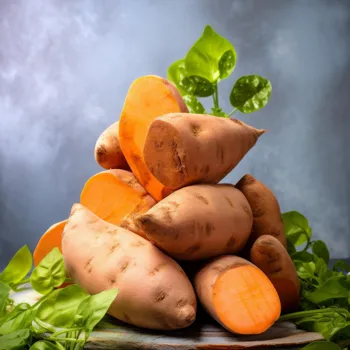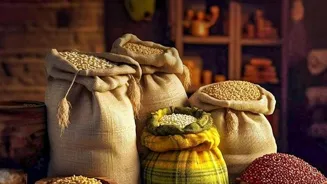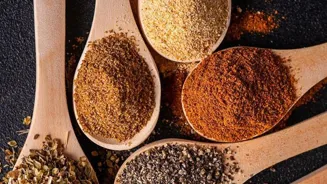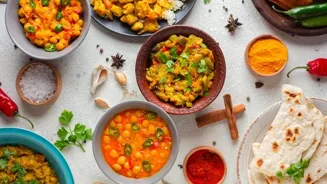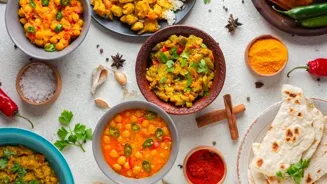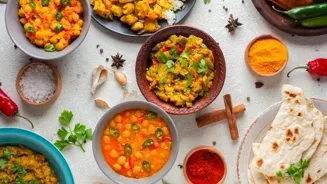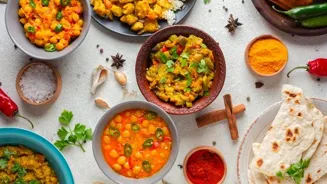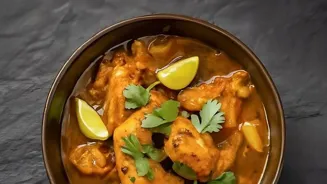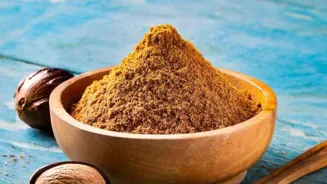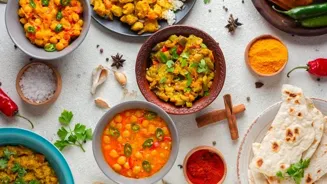Discover 10 Delicious Ways to Use Seasonal Vegetables in Indian Cooking! Elevate your dishes with vibrant flavors and nutrients
The monsoon has arrived, and with it, a bounty of fresh, vibrant vegetables!
Indian cuisine is already known for its ingenious use of veggies, but seasonal produce takes it to a whole new level.
Forget the usual aloo-gobhi – let’s explore ten exciting ways to incorporate these seasonal gems into your daily meals and elevate your cooking game. From crispy bhajjis to comforting curries, get ready for a flavor explosion!
Each season brings its own unique flavors, and leveraging these seasonal stars not only boosts the taste but also ensures you're getting the freshest, most nutrient-rich ingredients. So, ditch the frozen peas and embrace the seasonal goodness!
The Magic of Monsoon Greens:
Monsoon brings a variety of leafy greens like spinach (palak), fenugreek (methi), and amaranth (chaulai). Don't just limit yourself to the usual saag! Try making Palak Paneer Kofta curry. Simply blend spinach to a smooth puree and mix it with mashed potatoes and spices to make the kofta.
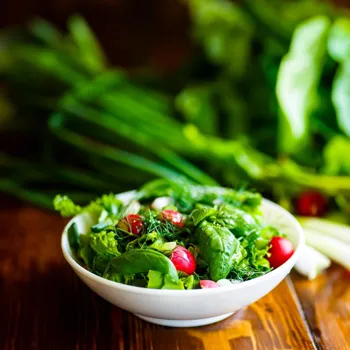
The subtle bitterness of spinach perfectly complements the sweetness of paneer. Or try a methi roti – the slightly bitter fenugreek leaves add a unique flavor and are incredibly healthy. Another option: Chaulai ki sabzi.
This simple yet delicious dish uses amaranth leaves, cooked with basic spices and is a nutritional powerhouse. Remember to wash your greens thoroughly before cooking to remove any mud or dirt. The monsoon season may bring us joy, but we need to be careful about hygiene.
The Versatility of Gourds:
Bottle gourd (lauki), ridge gourd (turai), and bitter gourd (karela) are abundant during this season. While karela might not be everyone's favourite, don't dismiss it just yet! Try bharwa karela, where the bitter gourd is stuffed with a spicy mixture of lentils and spices.
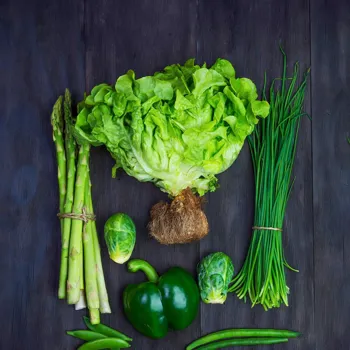
The filling mellows out the bitterness, making it surprisingly palatable. Lauki can be used in a variety of ways, from simple lauki ki sabzi to a creamy lauki kheer. Turai is great for making a light and flavorful curry, or even adding to dal for an extra dose of nutrients.
Gourd vegetables are a great way to add vegetables that are high in water content to your day to day food. The water content is important for your health.
Corn on the Cob: The Street Food Staple:
Monsoon and corn go hand in hand! Whether it's roasted on the cob (bhutta) with a squeeze of lime and chili powder, or used in a creamy corn soup, corn is a versatile and delicious vegetable. You can also make corn chaat with chopped onion, tomatoes, and coriander for a quick and healthy snack.
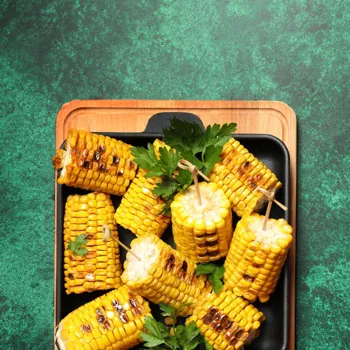
Add boiled corn kernels to your salads for a touch of sweetness. Or grind the kernels and make corn roti for a healthy option to wheat roti. Corn is easily available with roadside vendors. Make sure you purchase from a vendor you know and trust.
The Tangy Delight of Tomatoes:
While tomatoes are available year-round, they are particularly flavorful during this season. Use them to make a tangy tomato chutney, or add them to your curries for a burst of flavor. Tomato rasam is a South Indian staple that is both comforting and nutritious.
You can also make tomato rice, a simple and flavorful one-pot meal that is perfect for a quick lunch. Remember to choose firm, ripe tomatoes for the best flavor and color. Select the tomato after carefully inspecting it. A good tomato does not have any bumps or cuts.
Earthy Goodness of Colocasia:
Colocasia, also known as arbi, is a root vegetable that is aseasonal treat in many parts of India. Arbi ki sabzi, with its slightly tangy and earthy flavor, is a popular dish. You can also make arbi cutlets or fries for a crispy snack.
Remember to cook arbi thoroughly, as it can cause itching if not cooked properly. Some people like to boil the arbi and then deep fry it. This makes the outer covering crisp and the inside soft. Arbi has many culinary possibilities. Try them all.
Add a punch with Ginger and Garlic:
While Ginger and Garlic are available through out the year, the flavors of these are amplified during monsoon. The Ginger and Garlic from the monsoon farms are full of spice. It provides the dishes with a spicy undertone and helps fighting the change in climate.
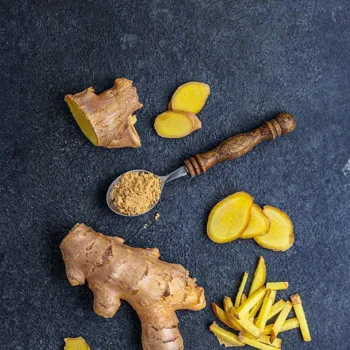
One can extract the aroma and flavors of these by shallow frying the Ginger and Garlic in a pan before making any puree.
Drumsticks are your best friend:
Drumstick is enriched with iron and vitamin. It helps in digestion and metabolism. It can be paired with potato to prepare "Aloo aur Sahjan ki sabzi." Drumstick can also be paired with other vegetebles of a similar taste profile. It is one of the most healthy vegetables to include in your diet.
Pumpkins are not restricted to Halloween
Pumpkin is a great vegetable to add to your diet. It contains iron, vitamins and proteins. It helps fight against cold. The vegetable can be added to your everyday diet to make every day special.
Sprouted beans for a healthy snack.
Sprouted pulses like moong and moth are a powerhouse of nutrients. Make sure you are only buying from trusted vendor. The sprouts are easy to cook and easy to digest.
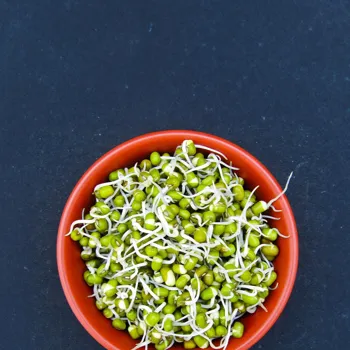
Sweet Potato is a healthy alternative.
Sweet potatoes are enriched with vitamin A and C, which enhances healthy skin and vision. It is also known to have anti inflammatory properties and helps boost immune system so you are less prone to illness during monsoon. Pair this up with other vegetables to have a full meal.
